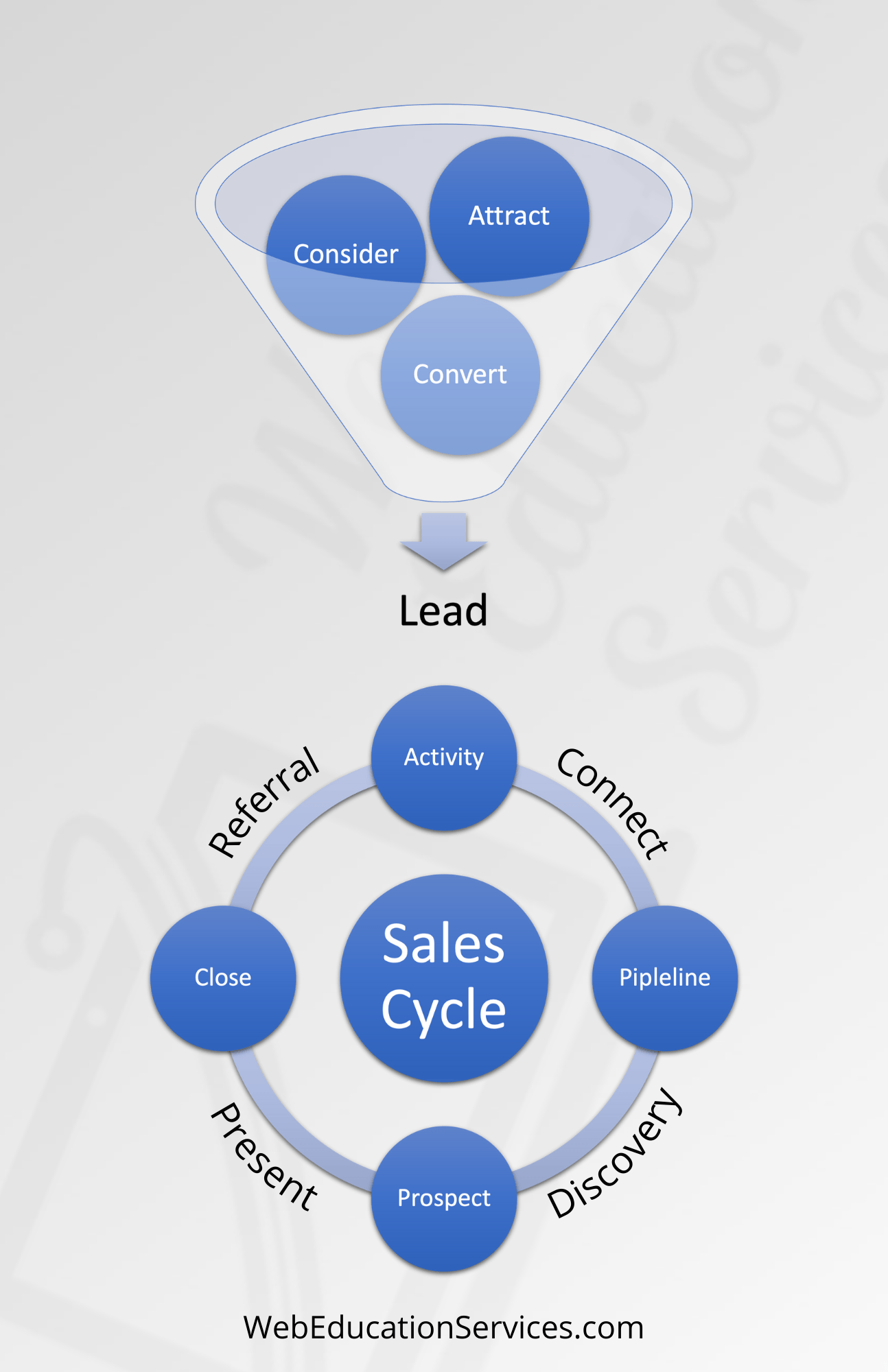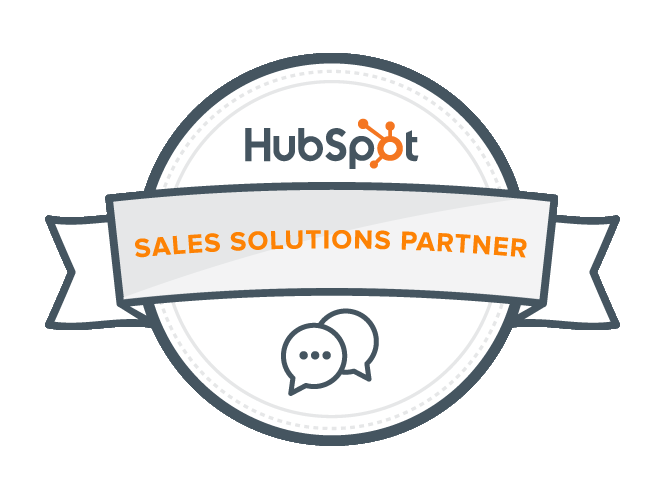Simple Graph To Help Service Companies Visualize Their Marketing Funnel & The Sales Process
Content marketing can support any stage in the sales and marketing process, but you might not create the most efficient content if you don’t know what you are trying to affect.
Below is a quick visual to help you think through how you attract prospects and convert new clients/customers.

The Marketing Funnel
Attract: In the Attract stage, one of your primary goals is to turn strangers into visitors by getting more people to visit your website, company-specific social media pages, or other company listings.
Consider: In the consideration stage, prospects are focused on finding potential solutions rather than purchasing. If you want visitors to seriously consider you as a possible solution, demonstrate empathy by showing them that you understand their problem.
Conversion: Give your potential customers obvious reasons why investing in your service is the smart thing to do. Capture valuable information like email addresses, phone numbers, and other contact info so you can start the sales process.
The Sales Process
Activity: All of the actions, sales practices, and strategies to connect with leads and start the discovery process.
Connect: In the Connect stage, you want to connect with the leads generated from your marketing activities and qualify them for your pipeline. If they don’t have the budget, authority, need, or a timeline for your services, they might not be a good fit at this time.
Pipeline: This is the queue for all those qualified sales leads.
Discovery: In the sales discovery process, you will ask many questions and build a need for your services. You will also answer any questions the lead has and help them devise a plan that includes your services.
DO NOT PRESENT SOLUTIONS until you are confident they have bought into your services.
Prospect: This is the queue for all those qualified leads who have a well-defined need and can solve their problems.
Present: In the presentation stage, you pitch why your solution fits their needs. Tailor each presentation to meet the specific prospect's unique use case and pain points.
Close: Make sure the closing process is easy and well-defined. How do they get started, and how can you make that commitment as quickly as possible. Get a signature or get paid fast.
Referral: Always have a system for turning satisfied customers/clients into enthusiastic referral partners!
If you need help defining your marketing funnel and sales process,
schedule a half-hour Zoom call with one of our experts. There is no obligation and no cost for the first session.







